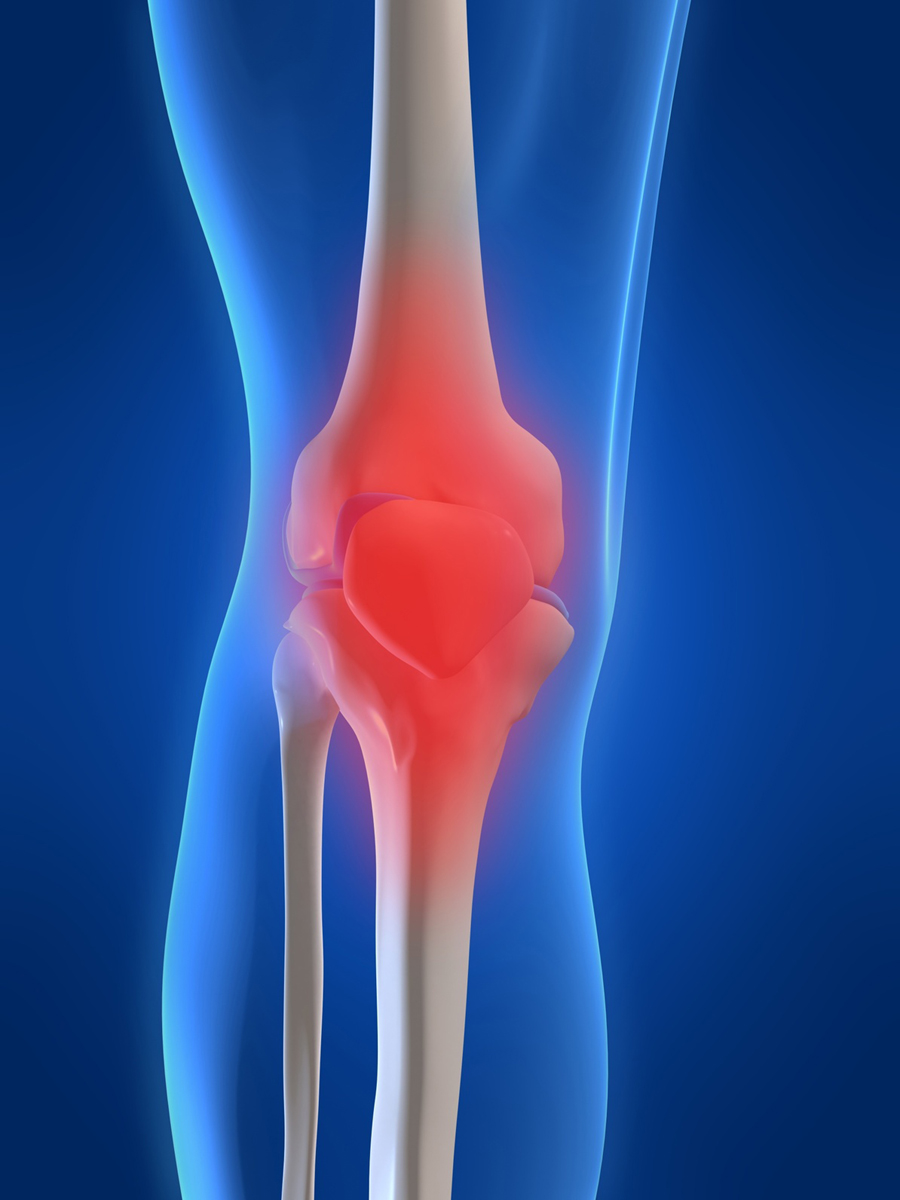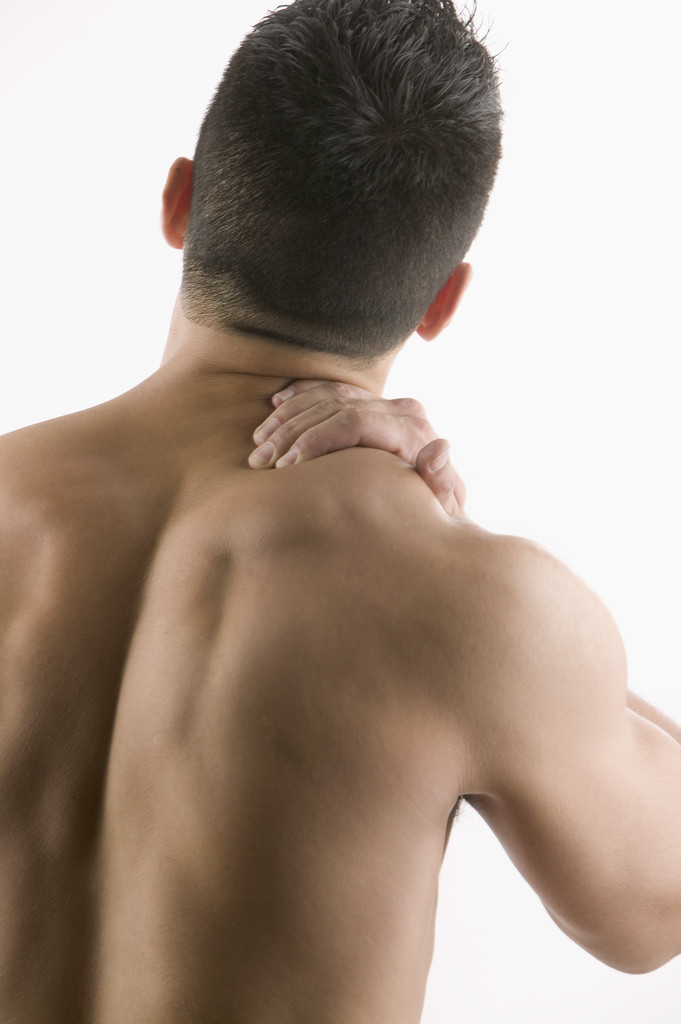Archive for May 2023
Whiplash
Describing a range of injuries to the neck caused by or related to a sudden distortion of the neck. Cervical acceleration-deceleration” (CAD) describes the mechanism of the injury, while the term “whiplash associated disorders” (WAD) describes the injury and symptoms.
Anatomy
There are four phases that occur during “whiplash”:
- Initial position (before the collision),
- retraction
- extension
- rebound
In the initial position there is no force on the neck it is stable due to inertia. Anterior longitudinal ligament injuries in whiplash may lead to cervical instability. They explain that during the retraction phase that is when the actual “whiplash” occurs, since there is an unusual loading of soft tissues. The next phase is the extension, the whole neck and head switches to extension, and it is stopped or limited by the head restraint. The rebound phase transpires as result of the phases that are mentioned.
During the refraction phase the spine forms an S-Shaped curve, and this caused by the flexion in the upper planes and hyperextension at the lower planes and this exceed their physiological limits this phase the injuries occur to the lower cervical vertebrae. At the extension phase all cervical vertebrae and the head are fully extended, but do not surpass their physiological limits. Most of the injuries happen in C-5 and C-6.
Symptoms
Symptoms reported by sufferers include: pain and aching to the neck and back, referred pain to the shoulders, sensory disturbance (such as pins and needles) to the arms and legs, and headaches. Symptoms can appear directly after the injury, but often are not felt until days afterwards. Whiplash is usually confined to the spine. The most common areas of the spine affected by whiplash are the neck and middle of the spine. “Neck” pain is very common between the shoulder and the neck.
Osteoporosis
Osteoporosis is a progressive bone disease that is characterized by a decrease in bone mass and density and that leads to an increased risk of fracture. In osteoporosis, the bone mineral density (BMD) is reduced, bone microarchitecture deteriorates, and the amount and variety of proteins in bone are altered.
Osteoporosis is defined by the World Health Organization (WHO) as a bone mineral density of 2.5 standard deviations or more below the mean peak bone mass (average of young, healthy adults) as measured by dual-energy X-ray absorptiometry; the term “established osteoporosis” includes the presence of a fragility fracture. The disease may be classified as primary type 1, primary type 2, or secondary.
The form of osteoporosis most common in women after menopause is referred to as primary type 1 or postmenopausal osteoporosis. Primary type 2 osteoporosis or senile osteoporosis occurs after age 75 and is seen in both females and males at a ratio of 2:1. Secondary osteoporosis may arise at any age and affect men and women equally. This form results from chronic predisposing medical problems or disease, or prolonged use of medications such as glucocorticoids, when the disease is called steroid- or glucocorticoid-induced osteoporosis.
The risk of osteoporosis fractures can be reduced with lifestyle changes and in those with previous osteoporosis related fractures medications. Lifestyle change includes diet, exercise, and preventing falls. The utility of calcium and vitamin D is questionable in most. Bisphosphonates are useful in those with previous fractures from osteoporosis but are of minimal benefit in those who have osteoporosis but no previous fractures. Osteoporosis is a component of the frailty syndrome.
Risk Factors
- Excess alcohol: Although small amounts of alcohol are probably beneficial (bone density increases with increasing alcohol intake), chronic heavy drinking (alcohol intake greater than three units/day) probably increases fracture risk despite any beneficial effects on bone density.
- Vitamin D deficiency: Low circulating Vitamin D is common among the elderly worldwide. Mild vitamin D insufficiency is associated with increased parathyroid hormone (PTH) production. PTH increases bone resorption, leading to bone loss. A positive association exists between serum 1,25-dihydroxycholecalciferol levels and bone mineral density, while PTH is negatively associated with bone mineral density.
- Tobacco smoking: Many studies have associated smoking with decreased bone health, but the mechanisms are unclear. Tobacco smoking has been proposed to inhibit the activity of osteoblasts, and is an independent risk factor for osteoporosis. Smoking also results in increased breakdown of exogenous estrogen, lower body weight and earlier menopause, all of which contribute to lower bone mineral density.
- Malnutrition: Nutrition has an important and complex role in maintenance of good bone health. Identified risk factors include low dietary calcium and/or phosphorus, magnesium, zinc, boron, iron, fluoride, copper, vitamins A, K, E and C (and D where skin exposure to sunlight provides an inadequate supply). Excess sodium is a risk factor. High blood acidity may be diet-related, and is a known antagonist of bones. Some have identified low protein intake as associated with lower peak bone mass during adolescence and lower bone mineral density in elderly populations. Conversely, some have identified low protein intake as a positive factor, protein is among the causes of dietary acidity. Imbalance of omega-6 to omega-3 polyunsaturated fats is yet another identified risk factor.
- Underweight/inactive: Bone remodeling occurs in response to physical stress, so physical inactivity can lead to significant bone loss. Weight bearingexercise can increase peak bone mass achieved in adolescence, and a highly significant correlation between bone strength and muscle strength has been determined. The incidence of osteoporosis is lower in overweight people.
- Heavy metals: A strong association between cadmium and lead with bone disease has been established. Low-level exposure to cadmium is associated with an increased loss of bone mineral density readily in both genders, leading to pain and increased risk of fractures, especially in the elderly and in females. Higher cadmium exposure results in osteomalacia (softening of the bone).
- Soft drinks: Some studies indicate soft drinks (many of which contain phosphoric acid) may increase risk of osteoporosis, at least in women. Others suggest soft drinks may displace calcium-containing drinks from the diet rather than directly causing osteoporosis.
Sports Injuries
Sports injuries are injuries that occur in athletic activities. They can result from acute trauma, or from overuse of a particular body part.
Classification
Traumatic injuries account for most injuries in contact sports such as Ice Hockey, Association football, rugby league, rugby union, Australian rules football, Gaelic football and American football because of the dynamic and high collision nature of these sports.[citation needed] Collisions with the ground, objects, and other players are common, and unexpected dynamic forces on limbs and joints can cause injury.
Traumatic injuries can include:
- Contusion or bruise – damage to small blood vessels which causes bleeding within the tissues.
- Strain – trauma to a muscle due to overstreching and tearing of muscle fibers
- Sprain – an injury in a joint, caused by the ligament being stretched beyond its own capacity
- Wound – abrasion or puncture of the skin
- Bone fracture
- Head injury
- Spinal cord injury
In sports medicine, a catastrophic injury is defined as severe trauma to the human head, spine, or brain.
Concussions in sport became a major issue in the United States in the 2000s, as evidence connected repeated concussions with chronic traumatic encephalopathy and increased suicide risk.
Overuse and repetitive stress injury problems associated with sports include:
- Runner’s knee
- Tennis elbow
- Tendinosis
Some activities have particular risks:
- Bicycle safety
- Gun safety
- Sailing ship accidents
- Skateboarding
Soft tissue injuries
When soft tissue experiences trauma, the dead and damaged cells release chemicals, which initiate an inflammatory response. Inflammation is characterized by pain, localized swelling, heat, redness and a loss of function. Small blood vessels are damaged and opened up, producing bleeding within the tissue. In the body’s normal reaction, a small blood clot is formed in order to stop this bleeding and from this clot special cells (called fibroblasts) begin the healing process by laying down scar tissue.
The inflammatory stage is therefore the first phase of healing. However, too much of an inflammatory response in the early stage can mean that the healing process takes longer and a return to activity is delayed. Sports injury treatments are intended to minimize the inflammatory phase of an injury, so that the overall healing process is accelerated. Intrinsic and extrinsic factors are determinant for the healing process.
Treatment
Sports injuries can be treated and managed by using the P.R.I.C.E.S… DR. ABC, and T.O.T.A.P.S regimes:
| P – Protect R – Rest I – Ice C – Compression E – Elevation S – Stabilize | D – Danger R – Response | A – Airway B – Breathing C – Circulation | T – Talk O – Observe T – Touch A – Active movement P – Passive movement S – Skills test |
The primary inflammatory stage typically lasts around 5 days and all treatment during this time is designed to address the cardinal signs of inflammation – pain, swelling, redness, heat and a loss of function. Compression sportswear is becoming very popular with both professional and amateur athletes. These garments are thought to both reduce the risk of muscle injury and speed up muscle recovery.
Joint Disorders
The bony structures that allow your back and neck to easily move in different directions are called “facet joints.” Facet joints provide about one-fifth of your lower back and neck’s twisting stability. Facet joints are located in pairs at each vertebral level (except for the top vertebra) down your spinal cord.
The surfaces of facet joints are coated with slippery cartilage, allowing them to glide freely as you move. Each joint is encased in a capsule that generates lubricant for the joint while it moves.
When joints are injured in a traumatic event, or degenerate over time because of the aging process or disease, a wide variety of problemsand painoften result.
Facet joint syndrome develops when the cartilage in joints wears thin. Your body begins producing material (called bone spurs) to shore up the cartilage. This material can calcify, or harden, causing stiffness in the joint. In some cases, facet joint syndrome can contribute to joint inflammation, muscle spasms, and later osteoarthritis. Advanced cases of facet joint problems are sometimes referred to as degenerative spondylolisthesis, a condition in which joints slip forward.
Facet joint disorders in the lower back can cause stiffness, and make it difficult to stand straight or get out of a chair. Facet joint disorders in the cervical (neck) region can cause headaches and difficulty rotating the head.
A common joint disorder involves the sacroiliac joint, which links the bottom of the spine with the pelvic bone. This joint endures a lot of pressure and absorbs the shocks from the upper body. Although it is a very strong and mostly stationary joint, the sacroiliac joint can become damaged or impaired. Sacroiliac joint dysfunction can mimic many of the symptoms of a herniated lumbar disc. People with sacroiliac joint dysfunction typically complain of pain on one side of their lower back or buttocks. The pain can sometimes shoot down one or leg or both, sometimes extending all the way down to the foot.
Headaches/Migraines
Nearly 15% of people who make chiropractic visits do so because they suffer from migraines and chronic headaches. from During a given year, 90% of people suffer from headaches. Only 1% of headaches seen in the ER have any serious underlying problem. Most reported headaches are caused by tension. Pain can range from mild throbbing pain to unrelenting agony. There are many different sources for headaches, some of which include: stress, overexposure to bright lights, fluctuation in blood sugar, and overexertion in exercise.
Recent studies show that long term chiropractic care can provide benefit to patients suffering from headaches and migraines greater than that of just using drug therapy. Chiropractic treatment has been shown to be especially effective in providing relief to patients suffering from headaches that originate in the neck or cervical area. According to a study conducted by Duke University in 2001, spinal manipulation provided by chiropractic treatment had great results providing patients with immense relief and left them less likely to experience side effects than if they had used medication.
Back Pain
Back injuries can develop due to a numerous amount of different factors and circumstances. Some people are more likely to develop back pain than others. Something as simple as twisting the wrong way in bed can cause misalignment of the vertebrae while others may sustain back injuries while working, at home, or from an automotive accident or other traumatic event. Relief from back pain is one of the most common reasons why people seek chiropractic care.
While lower back injuries are the most common, pain in the thoracic pain (middle of the spine) and cervical pain (neck region) of the spinal cord also often occurs. These injuries affect the vertebrae, discs, soft tissues, muscles, and joints of your body. Other parts of your entire body can be affected due to these injuries.
Muscle strain often contributes to lower back pain. The erector spinae, which help keep the spine erect, can become enflamed and spasm. Discs that are not in their proper place due to malformation can cause damage to surrounding discs, joints, nerves, muscles, ligaments, and tendons.
Herniated or degenerative discs are often a cause for upper back pain. Typically rest, ice/heat packs, over-the-counter inflammatory medicine, and pain medicine such as aspirin treat back pain until the muscles are able to return to their lower positions. However, if pain persists after more than a couple weeks, the back may begin to atrophy and become significantly weak. This can leave you open to further injury.
Most cases of back pain are mechanical, meaning they are typically not caused by any serious conditions.
Back pain is experienced by 31 million Americans at any given time and the single leading cause of disability worldwide. According to the US Department of Labor, workers in the health care industry sustain back injury more than any other profession. The number one reported injury in health care is patient handling. 40 to 50 percent of nurses sustain back injury. Workplace injuries cost a total of nearly $50,000 per injury on average for medical treatment and indemnity cost.
Arthritis
Arthritis is a joint disorder and can occur in areas ranging from the spine, fingers, wrist, knees, and more. It can occur due to trauma or infection of the joint or simply from age. Arthritis pain is caused by inflammation, damage from disease, and painful stiffness of joints.
Pain from arthritis is typically constant and often only painful in the area of the affected joint. Joint pain is the most common complaint from people who have arthritis. Arthritis can result in difficulty of moving the joint, inability to use your hand or walk, muscle pain, weight loss, poor sleep, loss of flexibility and muscle weakness.






